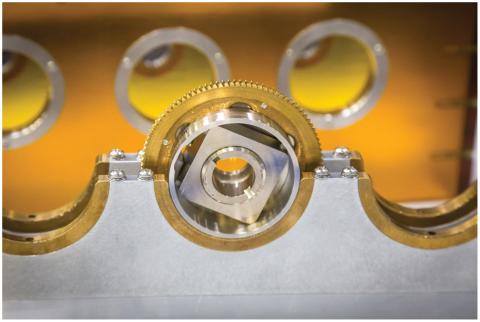Understanding, controlling, and preventing aggregation of suspended particles is of fundamental importance in a number of scientific and industrial fields. There are several methods for analyzing aggregate morphology and aggregation kinetics, but small-angle scattering (SAS) techniques provide unique advantages and allow for quantitative and representative measures of aggregate morphology over many orders of magnitude in size. Depending on the type of radiation used, kinetics can also be probed over a broad range of timescales. Scattering techniques also have distinct advantages for studying nanoscale aggregation in situ without the necessity of artifact-inducing sample preparation, and providing statistically meaningful averages over a wide range of sample scales. In this chapter, a brief review of the principles and theoretical background of SAS and aggregation is provided, and a selection of examples of how SAS has been used in widely divergent fields to understand aggregation and its effects on material behavior are discussed.
Publication - Book Chapter Exploring Particle Aggregation Using Small Angle Scattering Techniques
Publication Image

Description
English
